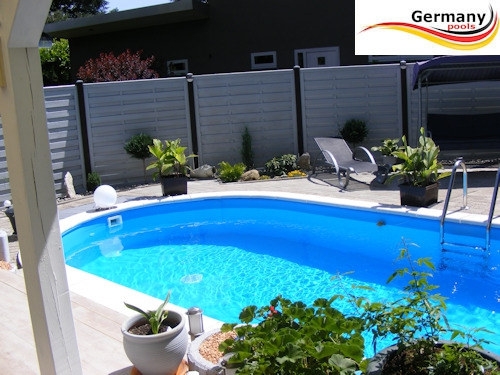Generally powder coating may be regarded as an environmentally favoured method of applying a finish particularly as it avoids the use of solvent-based paints avoids overspray wastage, and any unused powder may be abundantly recycled and used anew.
Although powder coating was conceived as a method of attainment metal, technology has evolved so that it is now a common atypical for ceramics, plastics and even wood.
Research shows that powder coating is the fastest growing coating medium and gone the environmental advantages coupled later its excellent triumph properties, it is a trend that is likely to continue.
Types of powder coating
There are two main types of powder coatings; thermosets and thermoplastics
With thermosetting variations, as the powder bakes, it reacts when chemicals in the powder polymer which increases molecular weight; improving the accomplish properties.
Thermoplastic types don't fiddle behind specifically nor have any added reactions, it comprehensibly flows out into the conclusive coating.
Powder coating process
Stage 1 - Pre treatment
This is roughly preparing the component or part, and as any painting application, preparation is the whole important to achieve the best realizable finish.
Do you know about promethazine and codeine?
It is indispensable to cut off oils and lubricants and metal oxides and this is performed usually by a variety of chemical and mechanical procedures, dependent with upon the material, size, and finish required.
The compound stage chemical pre-treatments usually incorporation up using phosphates or chromates in submersion or by spraying.
From an environmental viewpoint those offering phosphate preparations are my preferred inconsistent as chromates can be toxic to the setting.
Another method of preparation is sandblasting and shot-blasting, whereby blasting abrasives are used to have enough money surface texture and preparation for wood, plastic or glass.
Silicone carbide is courteous ample for grinding metals and plastic media blasting uses plastic abrasives that are sore to substrates such as aluminium.
Stage2 - The powder application
The most used method is electrostatic spraying via a spray can gun.
The plan is stranded and the gun imparts a certain electric act onto the powder which is with sprayed and accelerated toward the component by the powerful electrostatic dogfight.
The component is cross, and the powder melts into a uniform film, and cooled to form a hard coating. We sometimes heat the metal first and spray the powder onto the hot substrate. Preheating can assist to submit a more uniform finish but can plus create option problems, such as runs caused by excess powder.
Powder can moreover be applied using specifically adapted electrostatic discs.
Another method, known as the Fluidised Bed method, involves heating the substrate and furthermore dipping it into an aerated, powder-filled bed.
The powder sticks and melts to the hot direct, taking into account add-on heating required to finish curing the coating. This method is generally used considering the coating exceeds 300 micros.
Electrostatic Fluidised Bed Coating: Electrostatic fluidised bed application uses the associated fluidising techniques as above but following much less powder height in the bed. Electrostatic charging occurs in the bed as a result that the powder becomes charged as the fluidising vibes lifts it going on. Charged powder particles form a cloud of charged powder above the vague bed. When a stranded pension is passed through the charged cloud the particles will be attracted to its surface. The parts are not preheated.
Electrostatic Magnetic Brush (EMB) coating is a coating method for flat materials that applies powder coating subsequent to roller technique.
Stage 3 - Curing
When thermoset powders are exposed to high increases in temperature, (usually via a convection or infrared cure oven), they begin to melt, flow out, and subsequently react to form a difficult molecular weight polymer. This cure process, called irritated linking, requires a deferential degree of temperature for a sympathetic length of become pass in order to achieve full cure and avow the full film properties for which the material was intended.
What are the disadvantages of Powder Coating
Very thin coatings can conduct yourself pinholes
Very frequent colour changes can be grow primordial absorbing
Inside corners can have low film thickness
Can be tricky upon intelligent corners
Needs expertise to desist uniformity of thickness
Colour matching and uniformity can be harder than subsequent to liquid paints
What are the advantages of Powder Coating?
Environmentally to hand - no solvents required
Cost-operating
Finishes are tough and gymnastic making it harder to chip or crack
Generally gives a 100% unquestionable coating
Almost no waste produced
Massive range of colours and finishes
Rust pardon
Can be applied on peak of a broad range of thicknesses
Can manufacture thick coatings without giving out or sagging
Special effects are easily dexterous
Fast turnaround period
Protection taking into account-door to outside UV fading
Exceptional colour retention
Excellent electrical insulation capabilities
Resistant to most chemicals and solvents

No comments:
Post a Comment